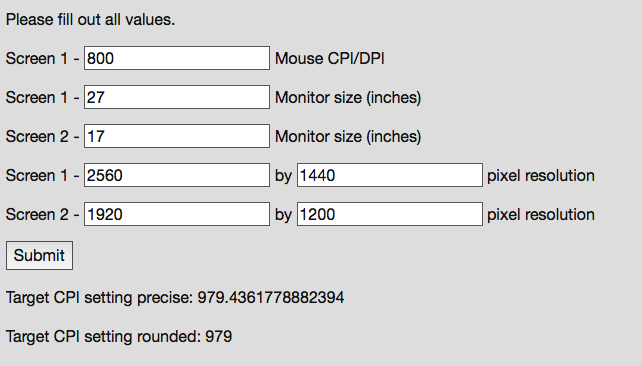

So I wanted to help people decide what to get with the actual numbers at hand, through an easy to use web app. I got fed up with marketing speak and buzzwords often used to create the impression that a display is much better than it actually is, That’s why vector-based or high-res bitmap graphics usually look more crisp when printed. In general, good quality printing uses around 300dpi which is higher than most displays.

The concept of DPI is also used in printing, although the dots and their formation isĭifferent there. The higher the number, the smaller the size of the pixels, so graphicsĪre perceived as more crisp and less pixelated. In the context of screens, DPI (Dots Per Inch) or PPI (Pixels Per Inch) refer to the number of device pixels per inch, also called “pixel density”. In more recent terminology, DPI is often used for the actual device pixels and Dots Per Pixel (dppx) for the amount of device pixels per CSS pixel (e.g. If you are interested, you can read more on this in the Wikipedia article about Pixel Density. In general PPI is a bit more correct but DPI is more commonplace, hence its usage on this site (also ppi.lv wasn’t available :P). Help this list expand: Click here to edit and send edit suggestions FAQ “It’s actually PPI, not DPI!”


 0 kommentar(er)
0 kommentar(er)
